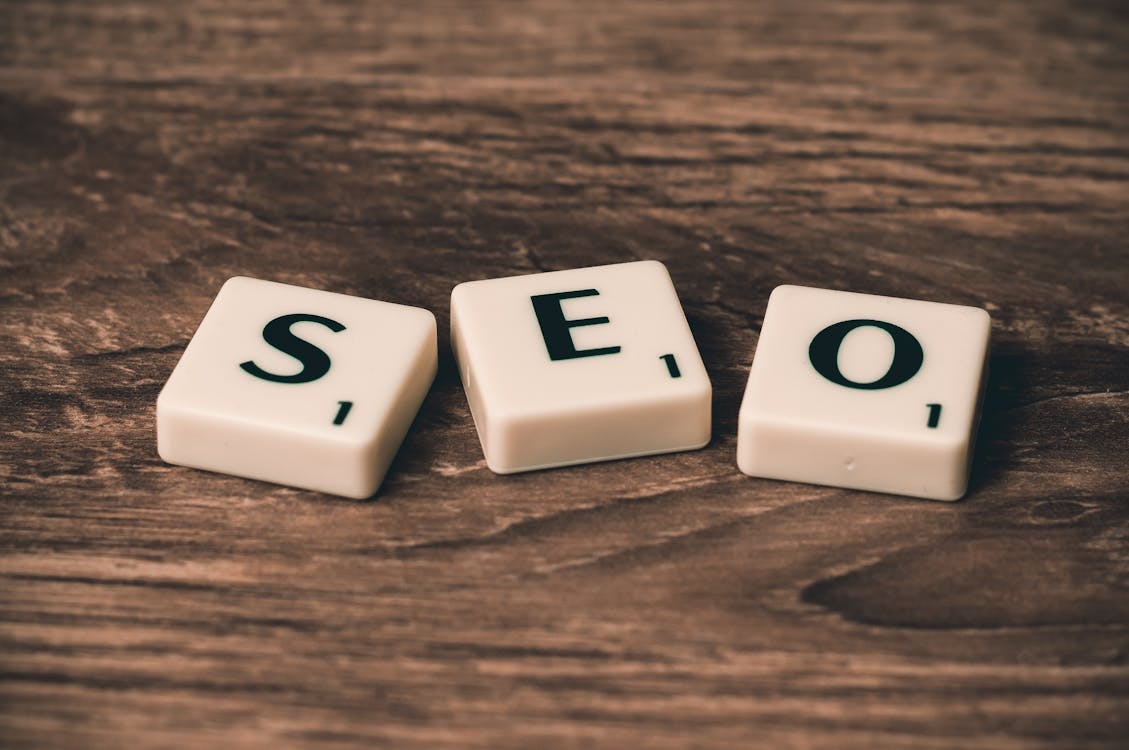
Enterprise websites and normal websites share many commonalities aside from the size and number of pages. Despite the enterprise website’s larger-scale business goals, the SEO strategy and implementation of an enterprise website are similar to those of a normal website.
Its SEO success is largely based on the optimization and administration of its core features, as is the case with many other websites (website navigation, content, internal linking, UX, and Page speed, etc.). Due to technical and operational blunders, your current SEO approach may not be effective. Here are a number of content-related problems and hazards that can prevent a company’s website from reaching organic rankings and visitor traffic.
- Landing Page Content Is Under Optimized
- Content Is Optimized For Wrong Keywords
- Indexed Pages of Low Quality
- Replace links that are broken or of poor quality
- Inappropriate use of the anchor text
-
Landing Page Content Is Under Optimized
Content is the most crucial factor for Google when it comes to enhancing page rankings and user satisfaction. Because of Google’s constant refinement of its algorithm, websites now appear higher in search engine rankings (SERPs).
Securing high-quality, descriptive, and helpful content for every landing page of a company’s website takes time. For both consumers and search engines, a website that lacks useful content will fail.
There are specific attributes that should be present on a landing page. Pictures, videos, and a well-structured information architecture are all essential to the page. Additionally, interactive elements such as a table of contents should be incorporated to give the document more heft.
-
Content Is Optimized For Wrong Keywords
If your website ranks but does not create or convert leads, your keywords are solely to fault. Websites that don’t match the audience they’re aiming for and the keywords they use to create content will perform poorly.
A strong chance exists that your company’s SEO strategy is built on terms that no one searches. It’s not uncommon for a few keywords to be really competitive. Short-tail and long-tail keywords should consequently be included in your keyword strategy.
-
Indexed Pages of Low Quality
The quality and usefulness of a company’s website are not the same on every page. It’s impossible to rule out the possibility that some low-quality pages will be indexed on these websites because of their enormous number of pages.
You may be concerned, but it is impossible to completely remove these pages from your website, especially if it is an eCommerce platform. Applying the ‘noindex’ and ‘nofollow’ tags will prevent some pages from being included in search engine results. Take down or reroute pages that have a low number of organic search impressions or traffic.
-
Replace links that are broken or of poor quality
A website that has a large number of broken or low-quality links is also a pain. An overly large amount of low-quality external links can also indicate to Google that the site is of low quality and untrustworthy.
With the use of backlink research tools like Ahrefs and SEMRush, you may study your backlink profile by conducting backlink audits. These are excellent methods for discovering a company’s external link profile.
-
Inappropriate use of the anchor text
SEO can be boosted or harmed by the anchor text used in a website’s content. You will have a worse probability of ranking if your anchor text for internal links does not match the keywords you want to rank for. the ability to rank higher in a search engine
In order for Google’s bot to understand the content of the various web pages and the user queries for which they are optimized, it is useless to utilize non-descriptive anchor text such as “click here,” “resources,” or “more.”